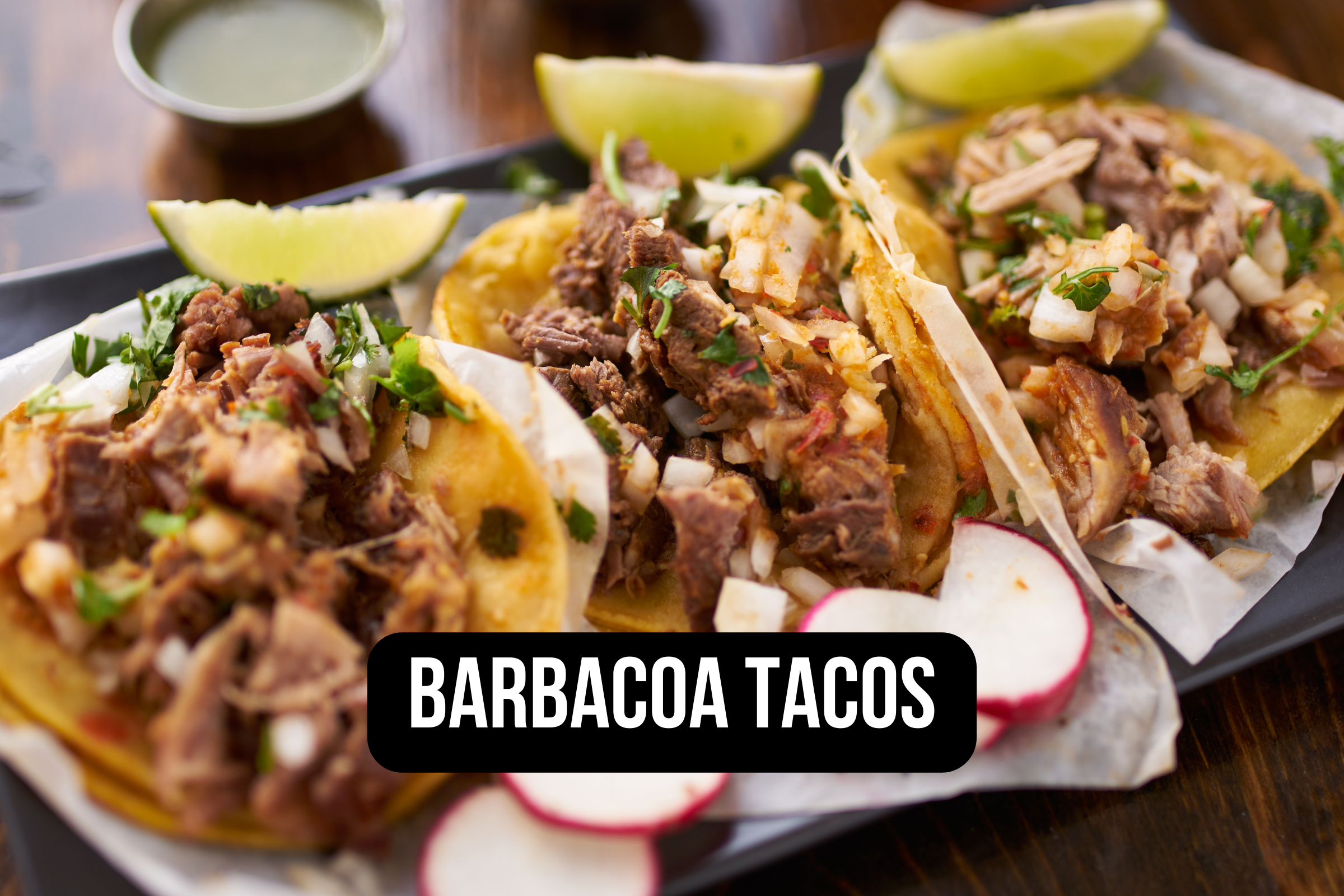Exploring the Rise of Plant-Based Meats: What’s Next in 2024?
Introduction
As a chef passionate about exploring new culinary trends, I've seen firsthand how the rise of plant-based meats has transformed our dining experiences. From humble beginnings as niche health products, these innovative meat alternatives have grown into a billion-dollar industry, gracing the menus of high-end restaurants and fast-food chains alike. But what exactly is driving this trend, and what can we expect in 2024?
In this blog post, I'll delve into the fascinating world of plant-based meats, exploring their history, the technology behind them, and their impact on the environment and our health. We'll also look at some exciting new products on the horizon and share a few delicious recipes to try at home.
A Brief History of Plant-Based Meats
The journey of plant-based meats is a story of innovation and a response to the growing demand for sustainable and ethical food options. The idea of meat alternatives isn't entirely new; for centuries, cultures around the world have used ingredients like tofu and seitan as meat substitutes. However, the modern plant-based meat movement began gaining traction in the late 20th century.
The Pioneers: Tofurky and Beyond
In the 1990s, brands like Tofurky and Boca Burger were among the first to introduce vegetarian products that resembled meat. These products catered primarily to vegetarians and vegans seeking alternatives to traditional meat.
The real breakthrough came in the 2010s with the introduction of Beyond Meat and Impossible Foods. These companies revolutionized the industry by developing products that closely mimic the taste, texture, and appearance of meat, making them appealing not just to vegetarians but to meat-eaters looking to reduce their consumption of animal products.
Grab some awesome recipes here
The Science Behind Plant-Based Meats
So, what makes these products taste like meat? The secret lies in the combination of plant proteins, fats, and flavors engineered to replicate the sensory experience of eating meat.
Proteins: Commonly used plant proteins include pea protein, soy protein, and wheat gluten. These proteins provide the structure and texture found in meat.
Fats: Coconut oil and canola oil are often used to mimic the juiciness and mouthfeel of meat. They help in achieving that satisfying sizzle when cooked.
Flavor: Achieving a meaty flavor requires a complex blend of natural flavors and seasonings. Companies often use yeast extract, heme (a molecule found in animal muscle), and other natural ingredients to create that umami-rich taste.
The Environmental Impact
One of the driving forces behind the rise of plant-based meats is their environmental benefits. Compared to traditional meat production, plant-based meats require significantly fewer resources. Here are some key environmental advantages:
Reduced Greenhouse Gas Emissions: Producing plant-based meats generates fewer greenhouse gases compared to livestock farming, which is a major contributor to climate change.
Water Conservation: It takes less water to produce plant-based meats than to raise animals for meat.
Land Use: Plant-based meat production requires less land, allowing for more efficient use of agricultural resources.
Health Benefits of Plant-Based Meats
While plant-based meats offer environmental benefits, they're also gaining popularity for their potential health advantages. As someone who values both taste and nutrition, I appreciate how these products can fit into a balanced diet.
Nutritional Highlights
Lower Saturated Fat: Many plant-based meats contain less saturated fat than their animal counterparts, making them a heart-healthy option.
Cholesterol-Free: Since plant-based meats are made from plants, they contain no cholesterol, which can be beneficial for heart health.
Fiber-Rich: Unlike animal meat, plant-based alternatives often contain fiber, which aids digestion and supports overall health.
Potential Concerns
It's important to note that not all plant-based meats are created equal. Some products may contain high levels of sodium or added sugars. As always, reading labels and choosing products that align with your health goals is essential.
What's Next for Plant-Based Meats in 2024?
The plant-based meat industry is poised for continued growth and innovation in 2024. Here are some exciting trends to watch for:
1. New Protein Sources
While pea protein and soy dominate the market, researchers are exploring new plant-based protein sources, such as chickpeas, lentils, and fava beans. These ingredients offer diverse nutritional profiles and flavors, expanding the possibilities for plant-based meats.
2. Seafood Alternatives
Seafood is the next frontier for plant-based innovation. Companies are developing alternatives to fish and shellfish, aiming to provide sustainable options for seafood lovers. Expect to see products like plant-based shrimp, crab cakes, and even sushi hitting the shelves.
3. Personalized Nutrition
Advancements in food technology are paving the way for personalized nutrition. Imagine plant-based meats tailored to your specific dietary needs and preferences. This trend aligns with the growing demand for customized health solutions.
4. Enhanced Flavors and Textures
As the industry matures, we can expect even more realistic flavors and textures in plant-based meats. Innovations in flavor technology and processing techniques will continue to close the gap between plant-based and traditional meats.
Delicious Plant-Based Meat Recipes
As a chef, I love experimenting with plant-based meats in the kitchen. Here are a few recipes that showcase the versatility and deliciousness of these products:
1. Plant-Based Burger with Avocado and Sriracha Mayo
Ingredients:
2 plant-based burger patties (e.g., Beyond Burger)
2 whole-grain buns
1 avocado, sliced
2 tablespoons vegan mayonnaise
1 tablespoon sriracha sauce
Lettuce leaves
Sliced tomatoes
Red onion slices
Instructions:
Cook the Patties: Preheat a grill or skillet over medium heat. Cook the plant-based burger patties for about 3-4 minutes on each side or until heated through.
Prepare the Sriracha Mayo: In a small bowl, mix the vegan mayonnaise and sriracha sauce until well combined.
Assemble the Burger: Toast the buns lightly. Spread the sriracha mayo on the inside of each bun. Layer the bottom bun with lettuce, tomato slices, and red onion. Add the cooked burger patty and top with avocado slices. Finish with the top bun.
Serve and Enjoy: Serve the burgers with your favorite side dishes, like sweet potato fries or a fresh salad.
2. Spaghetti with Plant-Based Meatballs
Ingredients:
8 ounces of spaghetti
1 package of plant-based meatballs
2 cups marinara sauce
2 tablespoons olive oil
2 cloves garlic, minced
Fresh basil leaves, for garnish
Grated vegan Parmesan cheese (optional)
Instructions:
Cook the Spaghetti: Bring a pot of salted water to a boil. Add the spaghetti and cook according to the package instructions. Drain and set aside.
Prepare the Meatballs: In a skillet, heat olive oil over medium heat. Add the minced garlic and sauté for 1-2 minutes until fragrant. Add the plant-based meatballs and cook until browned on all sides.
Simmer with Marinara Sauce: Pour the marinara sauce into the skillet with the meatballs. Reduce the heat to low and let simmer for 5-7 minutes, allowing the flavors to meld.
Serve: Toss the cooked spaghetti with the sauce and meatballs. Garnish with fresh basil leaves and grated vegan Parmesan cheese, if desired.
Conclusion
As we move into 2024, the rise of plant-based meats shows no signs of slowing down. These innovative products offer a delicious and sustainable way to enjoy the flavors we love while making mindful choices for our health and the planet. Whether you're a dedicated vegan or simply curious about trying something new, plant-based meats offer a world of possibilities.
From burgers to meatballs, these products are more than just a trend—they're a testament to the power of culinary innovation. As a chef, I'm excited to continue exploring and sharing the endless possibilities that plant-based meats bring to the table. So, why not give them a try and see how they can elevate your culinary creations in 2024?




























































